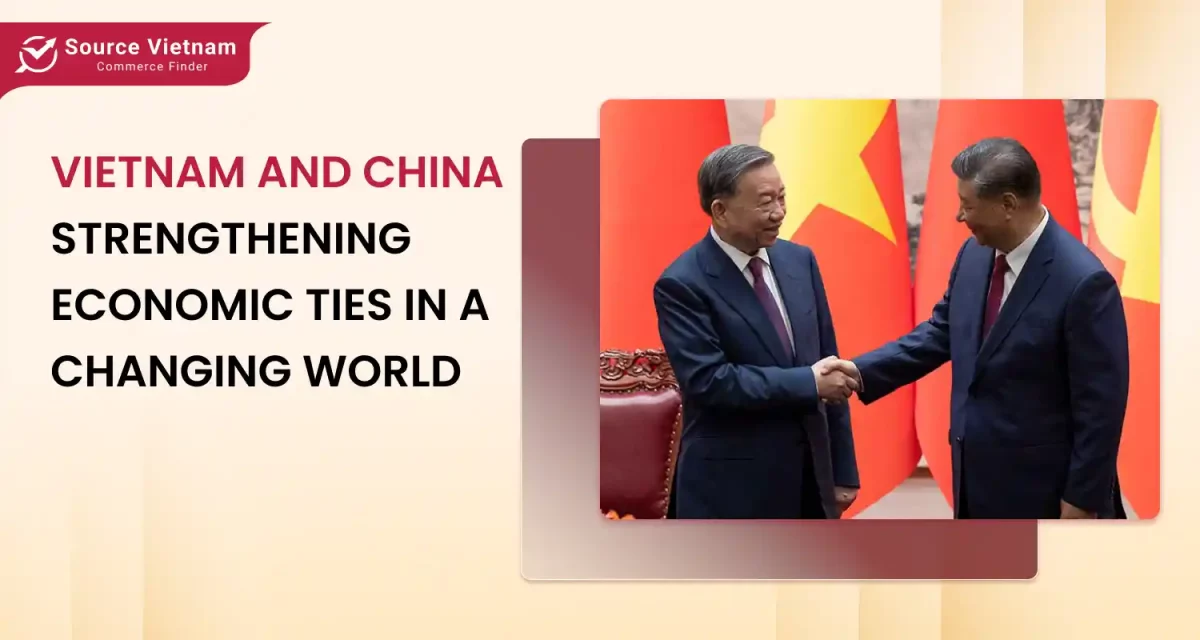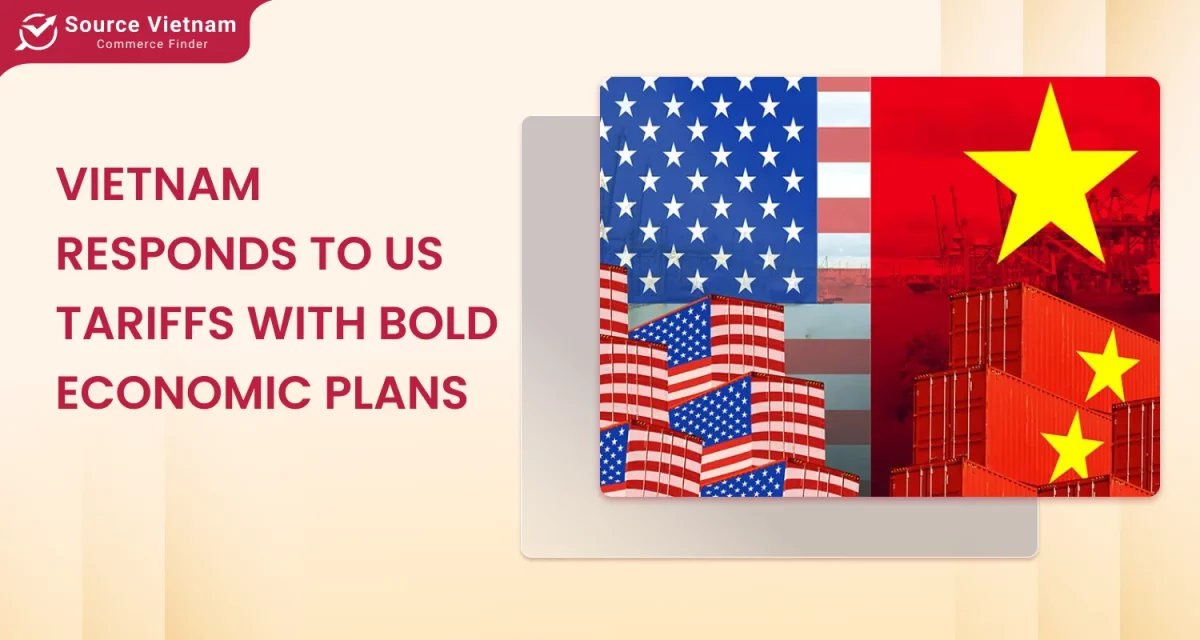Southeast Asia is becoming a renewable energy leader, driven by solar, wind, hydro, and geothermal growth. Despite challenges, the region offers vast opportunities for a sustainable future.
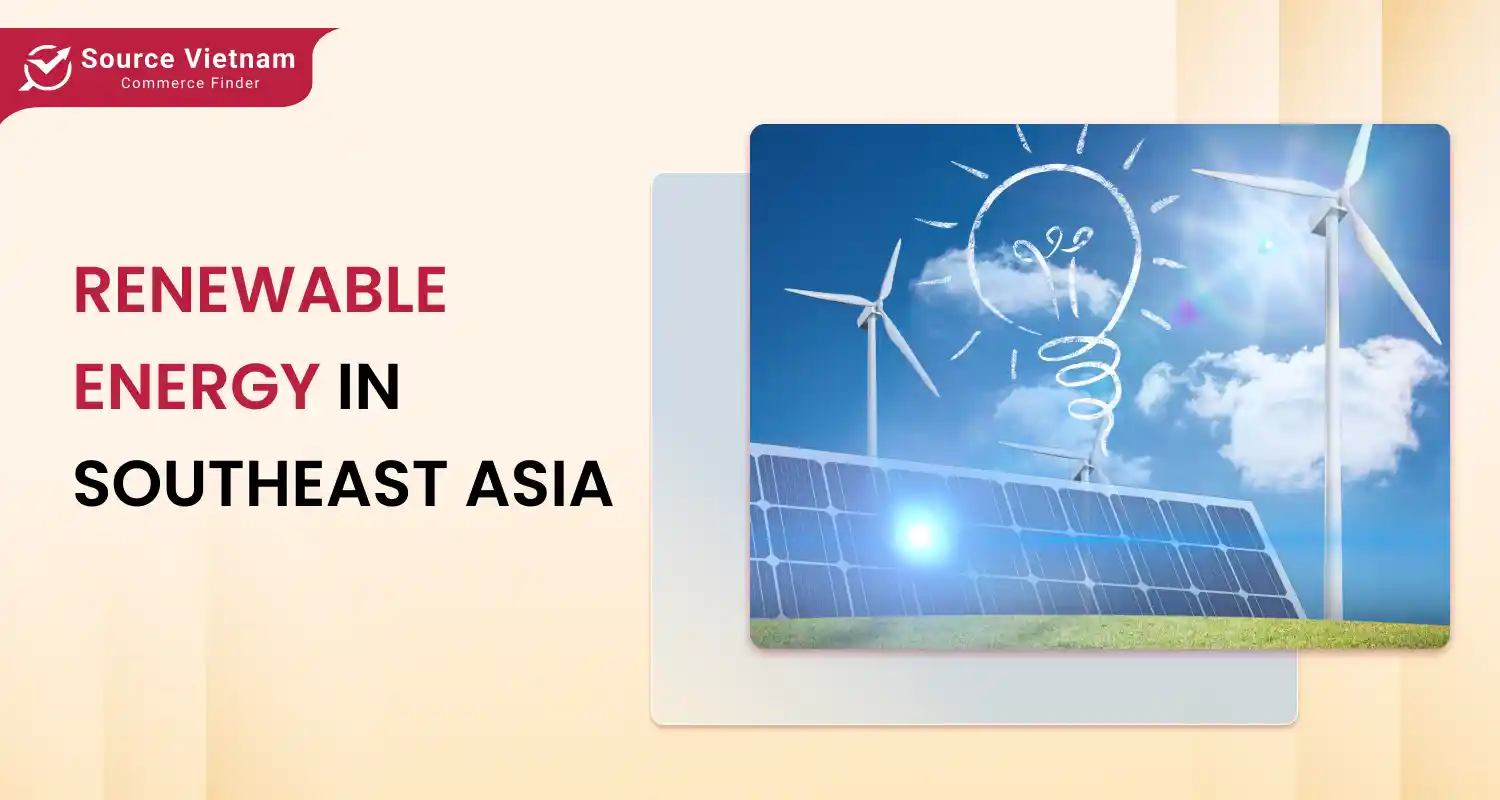
Southeast Asia is emerging as a renewable energy powerhouse, driven by its natural resources, growing investments, and the urgency of combating climate change. It is about time to embrace alternatives that are greener and cleaner. As fate would have it, Southeast Asia is a treasury of natural gifts, and as luck would have it, it does not hurry slowly, but is raising the bar eventually.
Current status of renewable energy in Southeast Asia
Southeast Asia is quickly emerging as one of the more promising renewable energy markets in the world as significant capital investments flow into the sector. Some of the numbers alone tell a compelling story: the market is projected to go from 116.02 GW in 2024 to 165.97 GW by 2029 with a robust CAGR of 7.4%. This growth is ambition driven, but more importantly, it demands attention to the diversification of energy demand, reduction in carbon footprint, and achievement in sustainability goals.
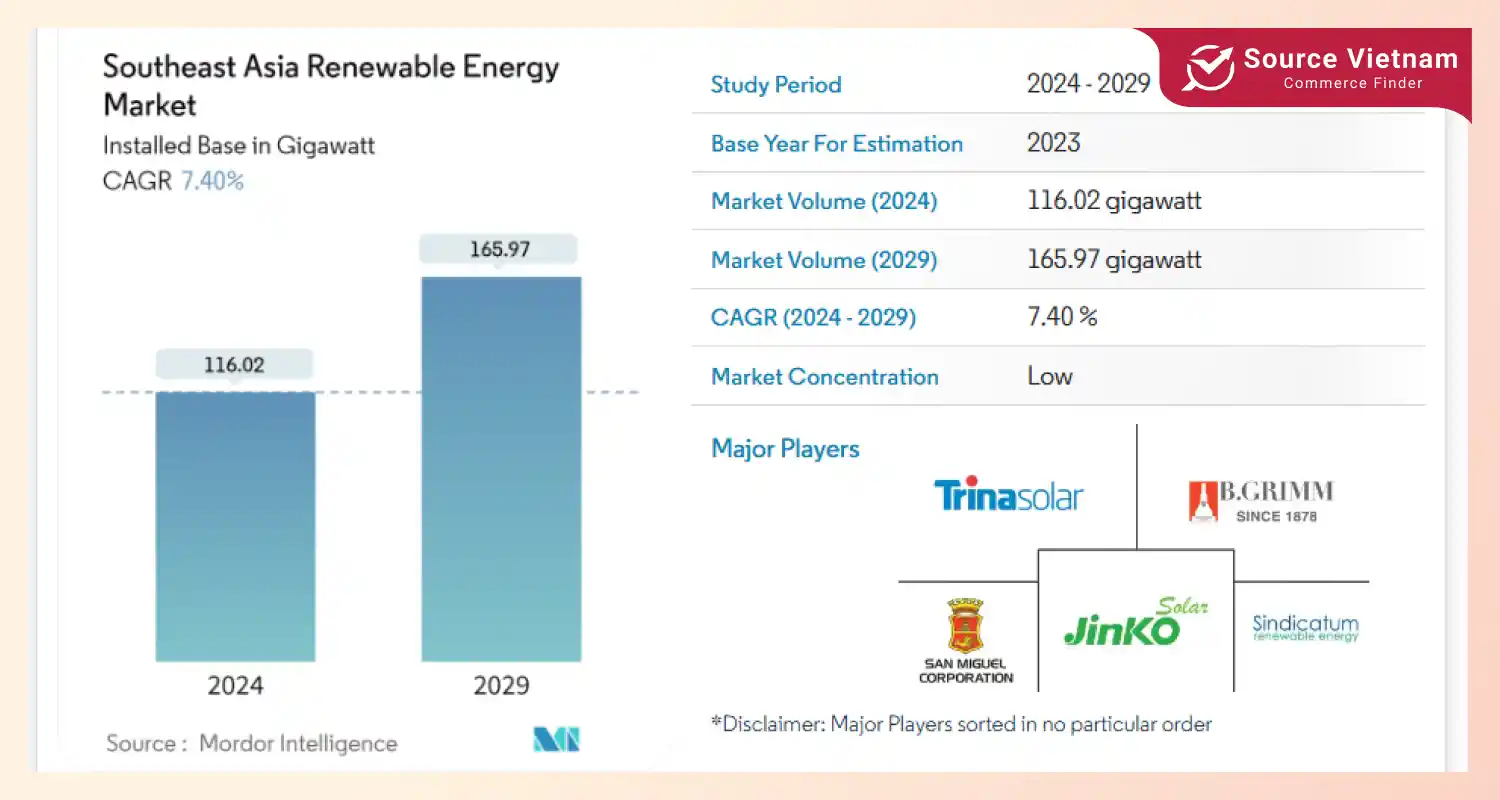
Let’s take a look at the energy sources that are truly changing the power scene in this region.
Solar energy
This is now Solar’s new pole position, with technology becoming cheaper by the day and this beautiful part of the world is getting sunshine. Countries such as Vietnam and Thailand are spearheading solar technology – the former, for instance, became soon after a world leader in solar deployment, building more than 20 GW of solar power in just a few years.
Southeast Asia: such a promising place for businesses to source reliable solar solutions.
Hydropower
Hydropower has been the basis of renewable energy for many decades in Southeast Asia countries, such as Laos, Myanmar, and Cambodia. Laos, commonly referred to as the “battery of Southeast Asia,” is now working to extend its cross-border power exports and strengthen its position in the regional energy market.
This will remain a very sound, long-term opportunity for investors or suppliers whose portfolios include hydro infrastructure.
Wind energy
There is significant growth in offshore wind development, and onshore wind, which is gaining prominence in coastal countries. Vietnam again stands out, where it has set a target to install 11 GW of wind power capacity by 2025.
And in case you belong to the wind energy supply chain, take this market into consideration because, indeed, very soon, all countries would have their major projects in collaboration with international initiatives.
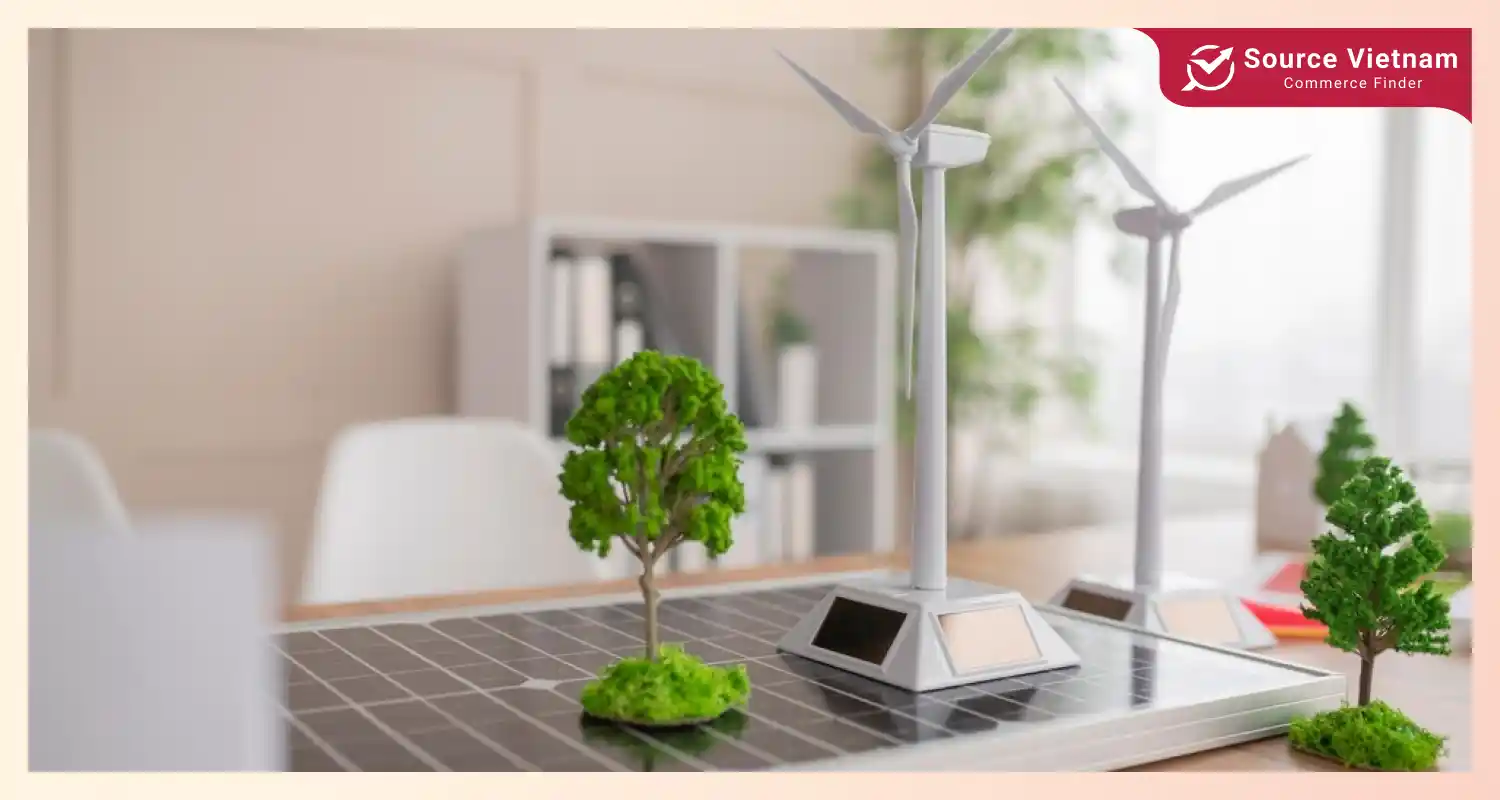
Biomass energy
Agricultural nations like Thailand and Indonesia are now leading in biomass energy by converting by-products, such as rice husks, palm oil waste, and coconut shells, into electricity and biofuels. Thus, an alternative energy source renewable to complement waste disposal and rural development.
Geothermal energy
Indonesia and the Philippines take advantage of their geothermal potential due to volcanic activity in the region. This energy source is renewable and provides a consistent, reliable supply of electricity, which helps decrease dependence on fossil fuels.
Each of these renewable energy sources plays a critical role in Southeast Asia’s journey toward sustainability. The region is building a solid foundation for a greener and more resilient energy future by taking advantage of its unique geographic and natural strengths.
Current trends in Southeast Asia’s renewable energy market
The current shift in Southeast Asia is all about rapidly transitioning to renewable energy. This would occur due to support from government policies, investments from international organizations, and, most crucially, advancements in technology. This is how changes occur in the market:
Rapid market growth
The renewable energy market in Southeast Asia is expanding rapidly and it is really exciting to see. By harnessing solar, wind, and various forms of clean energy, countries like Vietnam, Indonesia, and the Philippines can aim to satisfy their increasing energy needs while reducing emissions. In this context, energy use and collaborative initiatives for sustainability are driving this trend even more.
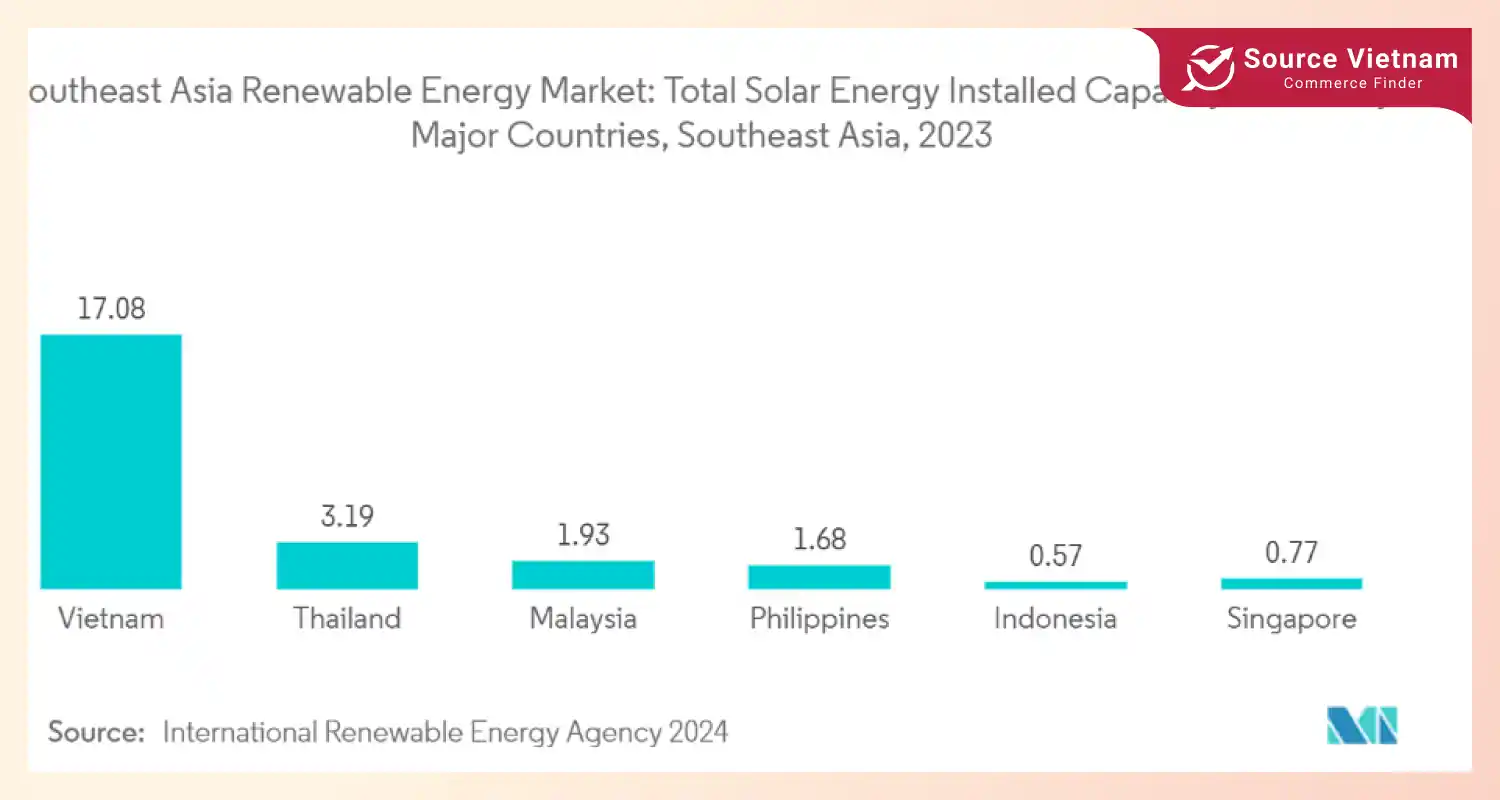
Government policies driving the shift
Proactive government policies are a key factor behind this transformation. Initiatives such as feed-in tariffs, tax incentives, and renewable energy targets are encouraging both local and foreign companies to invest in clean energy projects.
For example:
- Policies have managed to stimulate a rapid increase in solar energy consumption in Vietnam, making it one of the fastest-growing markets in the world.
- According to the Alternative Energy Development Plan, approximately 30% of Thailand’s energy will be generated from renewable energy by 2037
International investment on the rise
Today the renewable energy sector globally is really keeping an eye on Southeast Asia. International investors are pooled in the large potential of the region and thus, draw foreign direct investment into large solar farms, wind projects, and hydropower plants. Public-private partnerships between local governments and multinational companies create collaborative space for innovation and growth.
Advancing infrastructure and technology
Now it is possible to break down old barriers to the use of renewable energy.
- Grid improvements: Enhanced grid structures connect renewable energy sources into national systems.
- Energy storage: Battery storage options are getting cheaper, which helps in stabilisation of the supply of renewable energy.
- Smart tech: Smart grids and AI-powered energy management systems boost efficiency and reliability.
Country-spcecific developments
The development of renewable energy in Southeast Asia is not homogeneous as it varies according to the strengths and priorities of the different countries. A deeper look into the major countries of the region reveals how they are putting their best foot forward when it comes to taking opportunities in this sector for businesses.
Vietnam
- Strong prospects in waste, hydro, solar, wind, and biomass
- The government envisions by 2025, installation of 20 GW of solar and 11 GW of wind power.
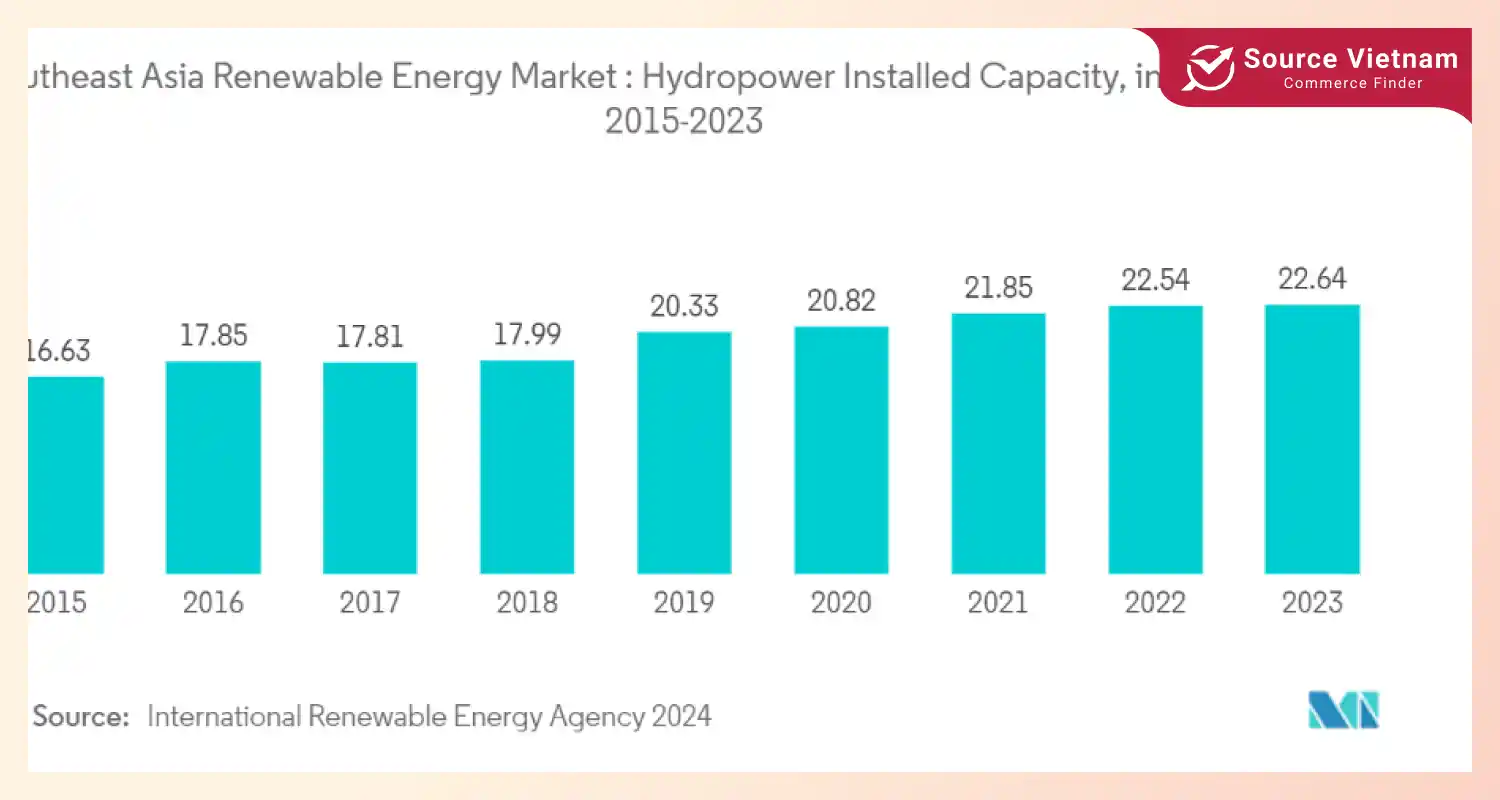
Indonesia
- Targeting 4.7 GW by 2030
- Geothermal development is its main concern with currently less than 10 percent of being utilized.
Thailand
Development of floating photovoltaic (PV) power plants over the next 5 to 15 years
Philippines
Geothermal accounts for 14.6 % of total energy consumption, adding plans to increase the capacity of almost 1.5 GW.
Drivers of renewable energy adoption
Renewable energy is no longer just a trend—it’s a reality of rapid growth in Southeast Asia. Actually, this isn’t a fluke; a perfect storm of ever-more-sustainable growth driven by a confluence of economic, political, and environmental factors has made it happen.
Declining costs of renewable technologies
One of the decisive elements where a turn has caused revolution is the substantial dramatic fall in the cost of renewable energy technologies.
- Over 80% reduction in solar power prices within the last decade has made solar energy cheapest for both utility-scale plants and small, dispersed systems.
- Likewise, wind energy-both onshore and offshore- may be enjoyed at lower prices, especially with better turbine design coming into play in the future.
With that, it seems to be not anymore an option but rather an economically viable solution for businesses to use renewables-not “green” choices of energy sources anymore. Solar panels, inverters, energy storage systems, and smart grids are some technologies that will improve their
Government policies and incentives
All governments in Southeast Asia are moving in unison establishing specific goals along supportive policy directives and financial incentives for renewable energy adoption.
- Vietnam, on the other hand, has developed feed-in tariffs (FiTs) for solar and wind projects, ushering the country into unprecedented installations and making it a magnet for investments in renewables.
- Both Indonesia and the Philippines are providing tax incentives and long-term contracts for various initiatives to bring private and foreign investments into geothermal and solar energy.
- Thailand’s Alternative Energy Development Plan provides for the use of renewable energy sources at 30% by 2037, as well as having specific programs for floating solar and hybrid systems.
These measures will bring the advantage of stability and predictability to businesses, two very important components for long-term investments. An investor, equipment supplier, or a developer has reduced financial risks because government-backed initiatives greatly simplify entry into the market.
Environmental concerns and the need for energy security
The visible impacts of climate change are lowering Southeast Asian countries’ dependence on fossil fuels.
- For example, in Jakarta and Bangkok, air pollution is growing worse. Governments are going for clean energy.
- Southeast Asia is one of the most vulnerable parts of the world to climate change, with rising sea levels and extreme weather events threatening lives. Renewable energy is seen as a sustainable direction towards fulfilling the country’s Paris commitments.
Energy security continued to be undermined by reliance on imported fossil fuels, and renewable energy stands for local supply and therefore a more dependable source of energy, reducing exposure to global price fluctuations and supply interruptions. Examples of such nations are Laos and Vietnam, which do not only utilize renewable energy to install energy into their power grids but also sell energy to their neighboring countries.
Challenges and barriers
More hurdles are identified that affect the renewable energy sector in Southeast Asia, currently rapidly growing. These include:
- Financial and regulatory hurdles: Irregularity in policies and financing limitations make the process of project development slow.
- Infrastructure limitations: Old grids and absence of storage systems can also make it difficult for new renewable energy to be integrated.
- Community resistance: Resistance to land use, and concerns related to ecology and environment may lead to delays in projects for implementation.

Future outlook and opportunities
Southeast Asia’s renewable energy sector is witnessing significant growth; however, various challenges continue to impede its complete potential:
- Inconsistent policies and financial constraints: Hinder project approvals and implementation. Consistent and reliable policies, along with robust funding mechanisms, are crucial for fostering investor confidence.
- Infrastructure gaps: The presence of aging power grids and inadequate energy storage systems creates challenges for the integration of large-scale renewable energy into national networks, resulting in reliability issues.
- Community and environmental concerns: Local resistance brought on by land use conflicts and concerns about the effects on the environment may lead to delays, highlighting the need for sustainable practices and inclusive planning.
Conclusion
Because of the abundant natural resources and stringent government regulations, Southeast Asia leads renewable energy advancement in solar, wind, hydro, biomass, and geothermal energy. There are many opportunities for businesses and investors in the region, notwithstanding infrastructural, financial, and environmental challenges. With technology and international cooperation, Southeast Asia is capable of spearheading a sustainable energy future.








